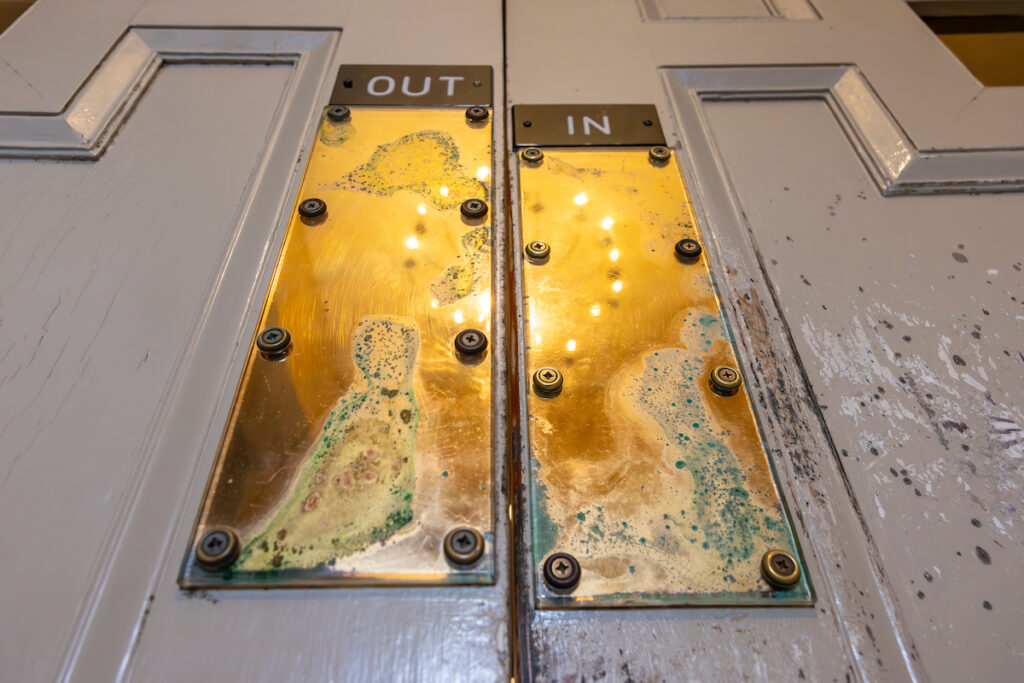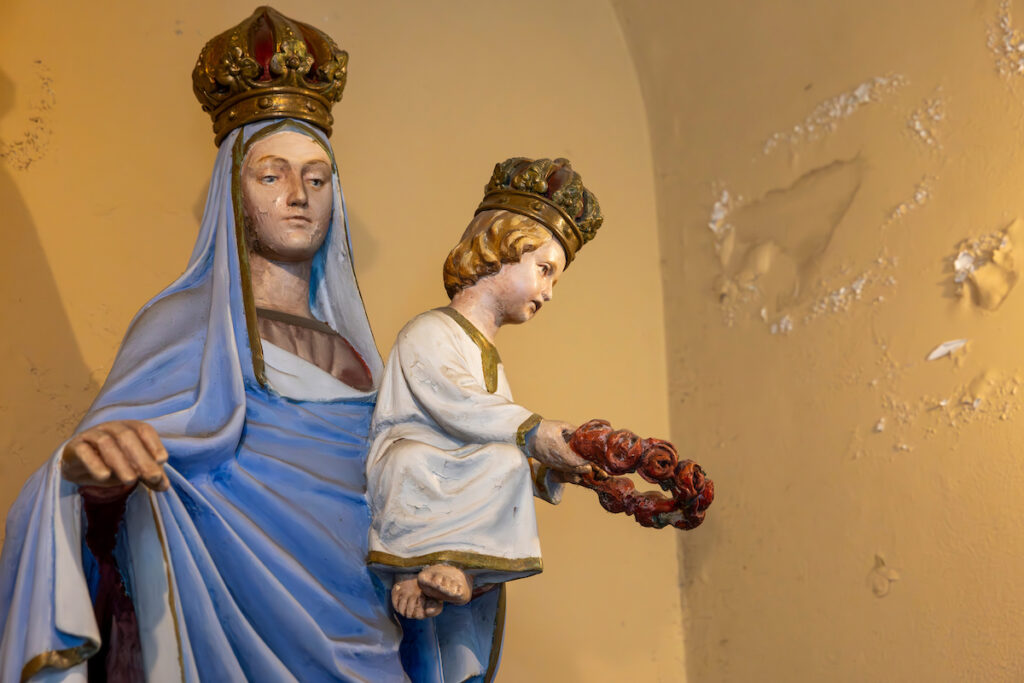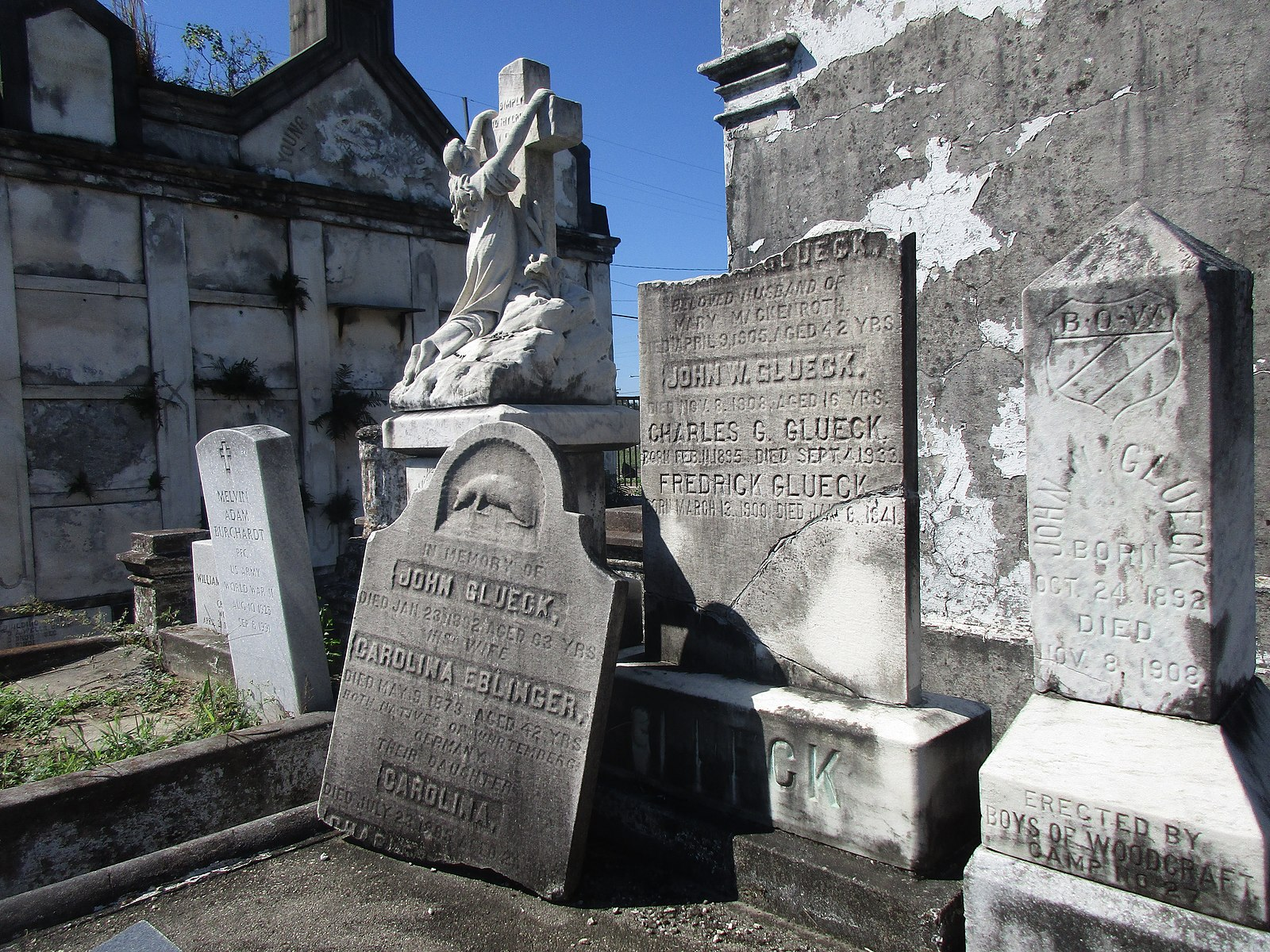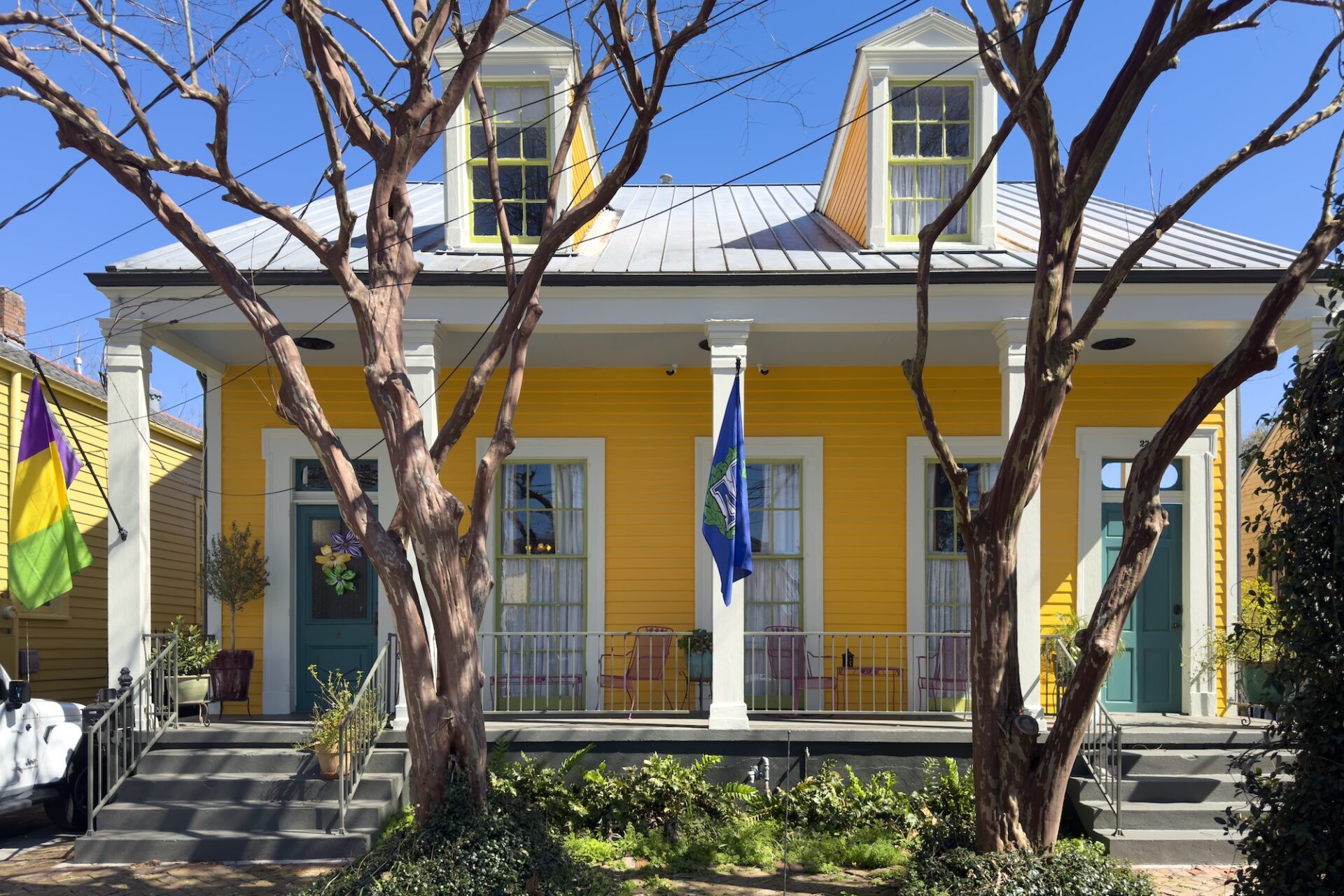Approaching the restoration of a church with foundations dating back to the 18th century is a complex and daunting task, made even more so when, like St. Louis Cathedral in the French Quarter, it’s considered one of the city’s most historical, cultural and architectural crown jewels.
In a years-long St. Louis Cathedral rehabilitation project spearheaded by New Orleans Saints and Pelicans owner Gayle Benson, local firm Holly & Smith Architects will manage the replacement of the roof, address severe termite damage, repair the windows and plaster work, and address finicky foundation issues. They’ll undertake the project while navigating around wedding ceremonies, burial crypts and the Super Bowl, which will be played in New Orleans on Feb. 9, 2025. (See images of the damaged areas of St. Louis Cathedral in the photo gallery below.)
In a tour of the cathedral, Kevin Morris, president of Holly & Smith, detailed the many areas in in need of maintenance. Perhaps most noticeable to visitors is the sloped, sinking floor in the narthex (the lobby of the cathedral) and nave (the main seating area), potentially caused by the weight of the spires at the front of the building. Plaster deterioration can be found on both the outside and inside of the walls, and some support columns list to the side. The firm’s initial site investigations found old termite damage, and there are also structural problems tied to specific events, like the exterior clock, which was damaged during Hurricane Ida in 2021, and burn damage from the neighboring Cabildo fire in 1988.
“Our team flew a drone around the cathedral to scan and document many things,” said Morris, and “…this gives us a 3D visual model that we can zoom in on and look very clearly at distinct parts on the building to find problems that otherwise would require scaffolding to access.”
Advancements in architectural technology, a boon to the overall restoration, has revealed even more of the structure’s idiosyncrasies. The worship site’s footprint is notably off-kilter, a result of different remodels and restorations throughout the cathedral’s approximately 225-year history. As Morris observed, “If I draw true orthogonal grids, the cathedral’s crooked.”
But those imperfections, Morris said, are also what makes St. Louis a special place. “We noticed that many things are crooked and not plumb or square,” he said. “But that sort of gives the building its essence, if you will. It is a demonstration of construction capabilities at the time. If we built this today, it would certainly be a lot different. So, when we go back in and renovate, we need to be sensitive to that.”
For guidance on managing a restoration of such cultural importance, Benson financed an expedition to Paris, where Morris — along with Andre Villere, assistant director of the Building Office at Archdiocese of New Orleans — met with the team rebuilding Notre-Dame Cathedral following the 2019 fire that caused the spire and significant parts of the roof to collapse.
Of the trip, Morris said he was amazed by the public support surrounding the repairs. “Everyone’s involved,” he said. “People from all over the world came in and said, ‘We’re going to do everything we can to get Notre-Dame restored.’”
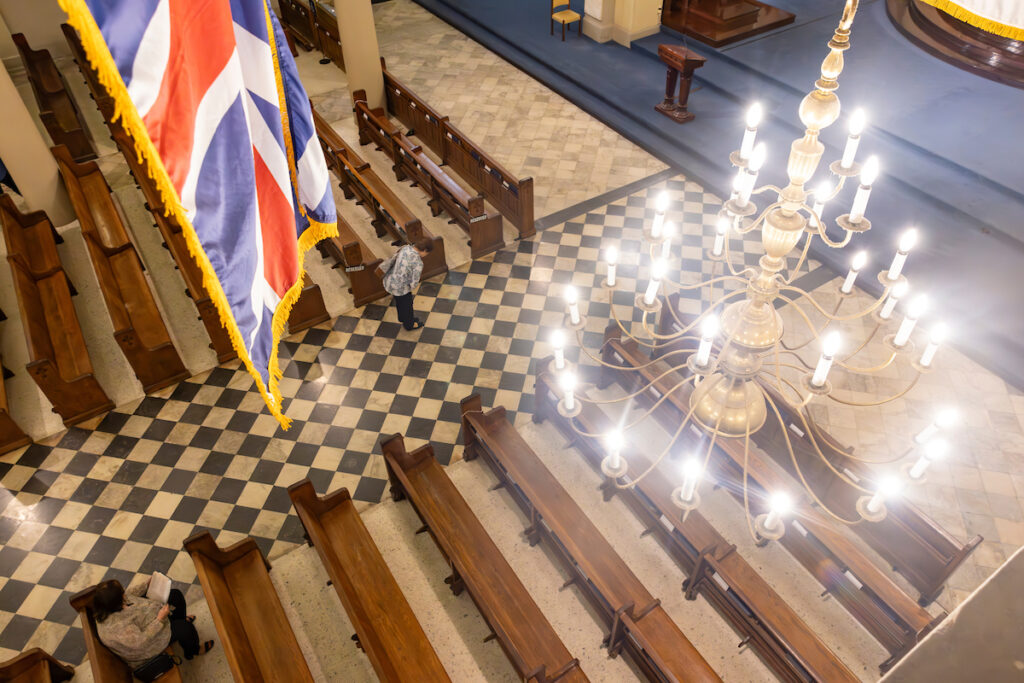
Hopefully, New Orleans can muster similar enthusiasm and patience as Holly & Smith tackles St. Louis Cathedral’s restoration, which will take at least three years and cost — according to previous reporting by The Times-Picayune — between $50 million and $100 million. The cathedral itself is booked with weddings until January 2026, which limits the amount of construction for the time-being. However, Morris said they will begin with the building exterior to be as unobtrusive as possible, starting with scaffolding and weather-proofing the building envelope. The windows, many of which have rotted, rusted or have broken panes, will be removed then repaired or replaced, along with an outside impacted-rated window to protect from storm damage.
The exterior renovation also includes a roof replacement and removal of the elastomeric coating, a substance that’s supposed to allow for expansion and contraction but has actually proved damaging to historic buildings. (The Vieux Carré Commission has prohibited its use in the French Quarter.) The work will, once the scheduled weddings have concluded, require the full removal of the ceiling to repair the plaster and decorative elements. The frescos on the ceilings and walls, which likely date to the 1870s when the altar was painted, are actually applied to canvas and can be removed prior to construction.
Morris expects to discover more challenges as the restoration progresses. The project includes the addition of bathrooms, which do not exist on site. That work will require a new plumbing system that cannot disturb the 21 known burial crypts or other human remains buried beneath the structure. Already, archeologists from the University of New Orleans, led by Dr. Ryan Gray, have conducted surveys of the site and will continue to do so as construction progresses.
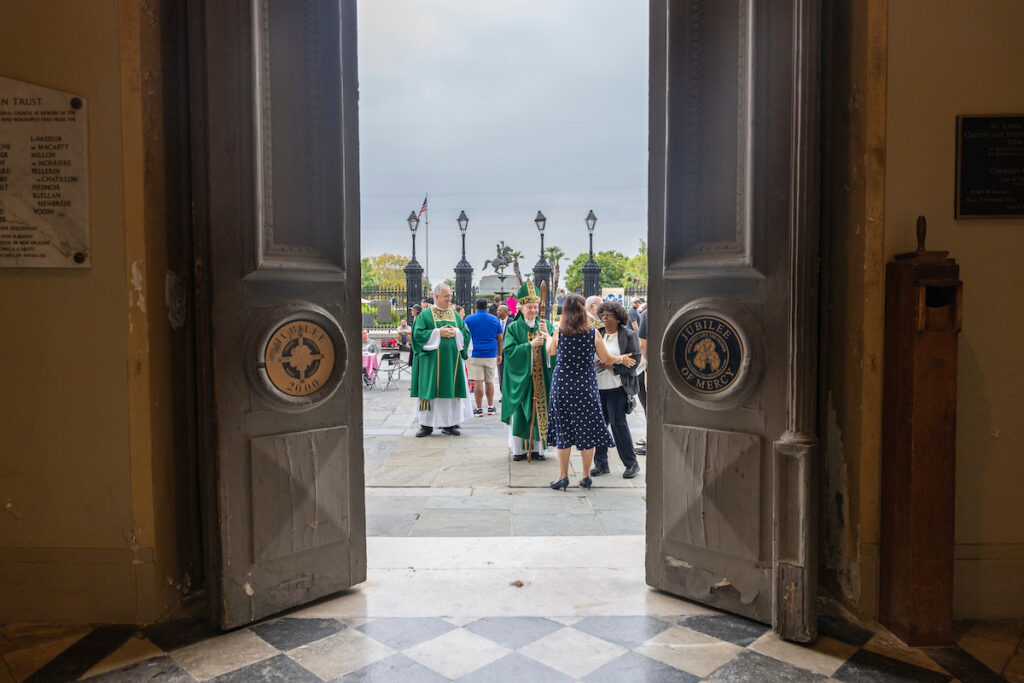
Working with a historic building is like working with a treasure that, with the right maintenance and care, will hopefully outlive you. Morris and his team take the responsibility of serving as St. Louis Cathedral’s current architectural stewards with the upmost responsibility. In some cases, this means leaving the quirks as they are.
“We need to recognize that modifying some conditions through repairs could potentially lead to problems in other areas. (St. Louis Cathedral) has been here for 200 years, and it’s going to have its anomalies and things that we’re going to need to address, but it’s still a relatively stout building, and is standing after all these years. So, we’re just going to try to help it out,” Morris said.
Born in New Orleans and a devout Catholic, Morris sees himself, Holly & Smith, and everyone else involved in the restoration as temporary keepers of an important spiritual and historical landmark, saying, “Somebody’s got to be entrusted with the knowledge, and somebody’s got carry on its legacy. So, we take that sword and say, ‘OK, let’s march on,’ and we’ll go with it… Honestly, the rest of my life will probably be dedicated to doing this. And certainly the rest of my career.”
Interior and exterior damage at St. Louis Cathedral, photographed in August 2024
Interior and exterior damage at St. Louis Cathedral, photographed in August 2024
Interior and exterior damage at St. Louis Cathedral, photographed in August 2024
Interior and exterior damage at St. Louis Cathedral, photographed in August 2024
Interior and exterior damage at St. Louis Cathedral, photographed in August 2024
Interior and exterior damage at St. Louis Cathedral, photographed in August 2024
Interior and exterior damage at St. Louis Cathedral, photographed in August 2024
Interior and exterior damage at St. Louis Cathedral, photographed in August 2024
Interior and exterior damage at St. Louis Cathedral, photographed in August 2024
Interior and exterior damage at St. Louis Cathedral, photographed in August 2024
Interior and exterior damage at St. Louis Cathedral, photographed in August 2024
Interior and exterior damage at St. Louis Cathedral, photographed in August 2024
Interior and exterior damage at St. Louis Cathedral, photographed in August 2024
Interior and exterior damage at St. Louis Cathedral, photographed in August 2024
Interior and exterior damage at St. Louis Cathedral, photographed in August 2024
Interior and exterior damage at St. Louis Cathedral, photographed in August 2024












